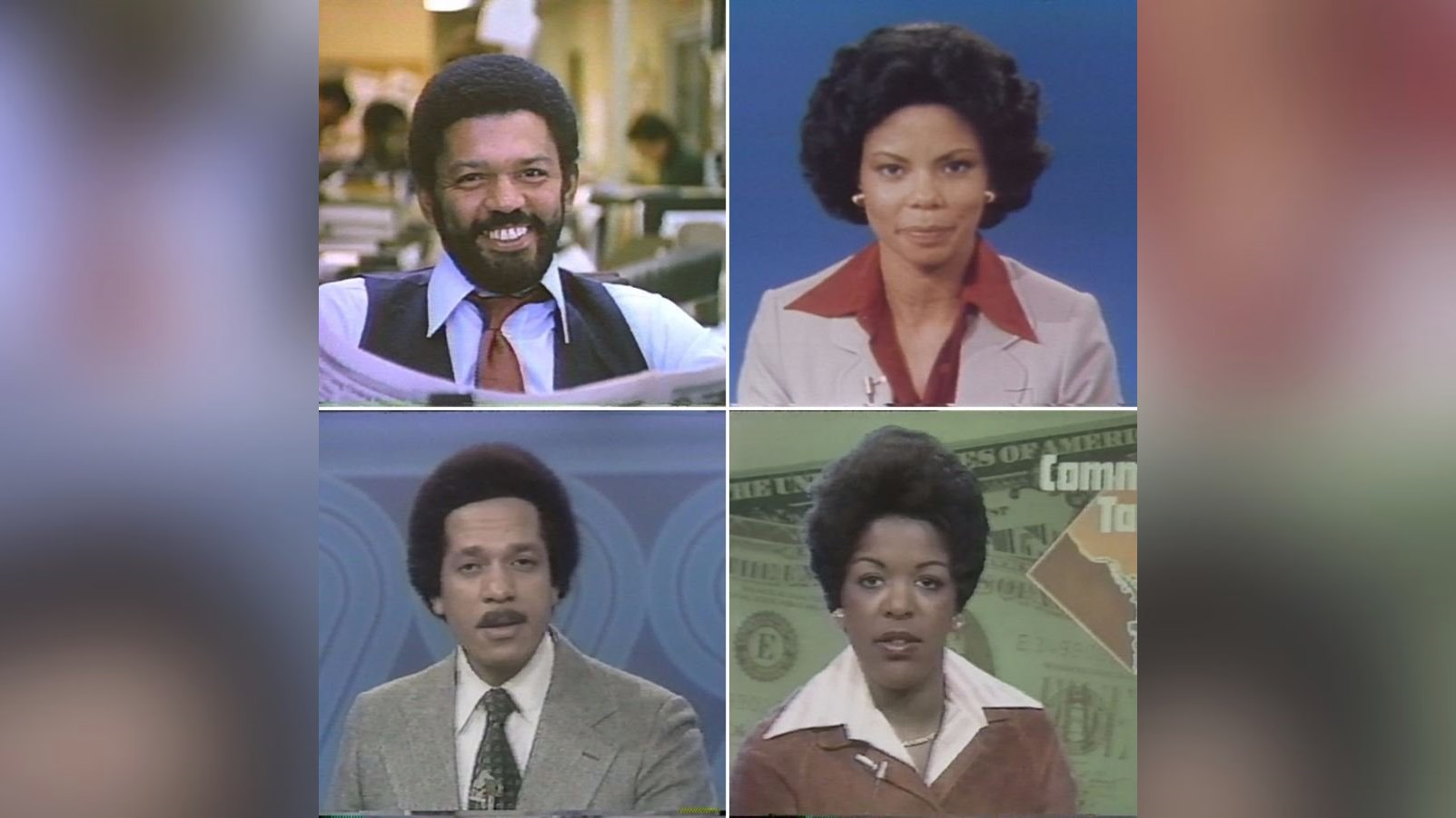The mid 60’s were a time of tremendous turmoil in our country with the Vietnam War and movements afoot for women’s, civil and human rights. When African Americans sensed their voices weren’t being heard, many took their rage to the streets.
That – birthed a new wave of messengers, drafted to share the stories that had previously gone untold.
As we remember the beloved Jim Vance, we decided to take a look back at how he and other journalists like him, made history and changed the face of news.
“You could see the result of the inequity, I mean it was all over. You see people in pain. You see people protesting. You see terrible living conditions,” said pioneering journalist, Maureen Bunyan.
Racism was the accelerant that fueled violence in cities across the country, including D.C.
After the riots in the late 60’s, President Lyndon B. Johnson formed the Kerner Commission to study what went wrong. The report determined that among other things, the mass media was part of the problem.
“Because African Americans were not present in stories, in the coverage, African American culture, African American challenges, African American successes were not part of mainstream media,” said Bunyan.
Maureen Bunyan was one of the first African American journalists recruited to dismantle that system. She started her career in Boston.
WUSA9 Anchor Lesli Foster interviewed Bunyan from her home this week to talk about those early years. They took a look at old photos from Bunyan’s esteemed career.
Shoulder to shoulder w/ a shero. Maureen Bunyan helped change the face of television in this country. Can't wait to share our convo. @wusa9 pic.twitter.com/pk7tEmC5YF
— leslifoster (@leslifoster) July 26, 2017
RELATED: Washingtonians remember Jim Vance, longtime NBC4 anchor
“This was you,” said Lesli referencing a poster with Maureen’s picture from her Boston days. “Yeah. We were young-er,” said Bunyan, with a laugh.
New York was next. Then, D.C., where she spent decades at Channel 9 and Channel 7.
Maureen and others like Jim Vance, JC Hayward and Max Robinson fanned out to newsrooms across the country on a mission.
In a conversation, Lesli said to Bunyan: “That could not have been easy.” And, Bunyan remarked, “We knew we had a responsibility to represent our people, as well as to be the best journalists possible.”
Bunyan talked about the mixed reaction that greeted them.
From the black community, “People embraced us, they loved us, they talked about the fact that we were the first they’d ever seen. And, they brought their kids to see the TV when we came on.”
But she went on to say, “On the other side, we had resistance from some people – both in the media and out – who said, oh no, you can’t be accurate, you can’t be fair.”
The stakes were high.
“We had to be extra good at our jobs,” said Bunyan. “Extra good at facing problems and we had to justify our existences.”
We took a walk back in time through old photos and an Ebony Magazine from 1979. The headline read: “Highly visible on the nation’s television sets, some 100 Blacks anchor the news.” That was big news in those days.
Bunyan pointed to her colleagues in photos from that article who graced the airwaves in the nation’s capital.
“This is Jim Vance. Jim was with Ann Sawyer who was anchoring with him at the time. This is JC Hayward, Renee Poussaint and Paul Berry.”
They were each other’s keepers.
“We would get together at Max Robinson’s house sometimes and talk about – we’d cry on each other’s shoulders, talk about what we wanted to do, and what we didn’t like doing,” said Bunyan.
Among them, Jim was the stalwart. He was one of the few to last the longest at one station, 45 years at WRC.
“Jim was himself. And I know he had to fight and had to push others to allow him to be himself. But he did what he knew was good for him and that was to be genuine,” said Bunyan. “I’m gonna miss that sense of him being there. He’s always going to be there.”
Through the years, we’ve said goodbye to many of these trailblazers. In D.C., a city of change, Jim was a constant. Anchored to the community. Important to people’s lives.
“What Jim did was to be, help us become a city of stability and professionalism and also very, very importantly, to show people that a black man could carry himself in a wonderful, graceful way and be authoritative, and be credible and be knowledgeable,” said Bunyan.
WUSA9 Anchor Lesli Foster calls herself a beneficiary of that legacy.
“We owe a debt of gratitude to Jim, Maureen, JC, Max and all the other pioneering journalists around the country who made it possible for many of us to do what we do today. We are, because of them." she said.


